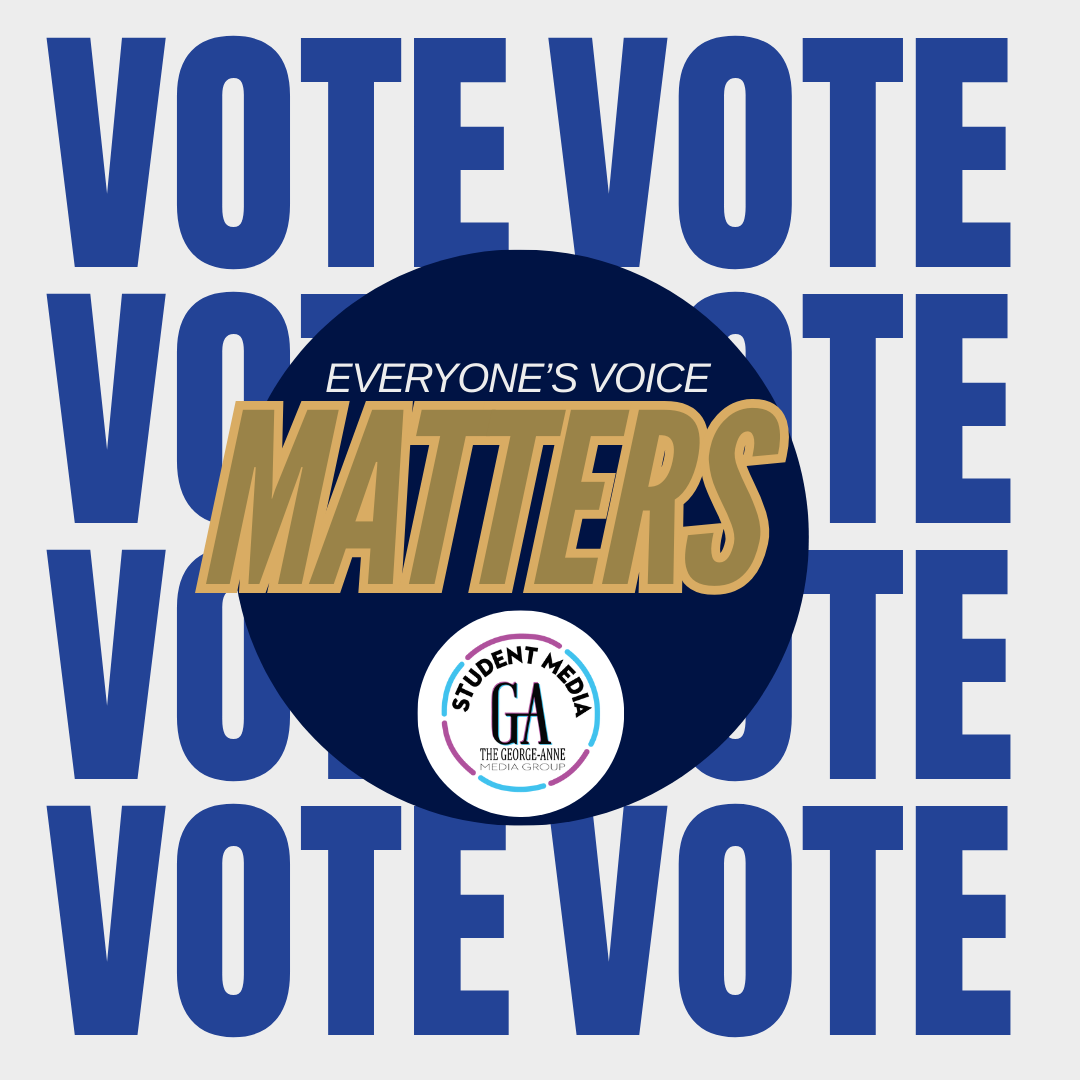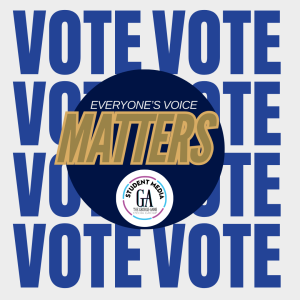Getting charged with a felony in Georgia
September 9, 2014
Step 1: Warrant and arrest
When someone is charged with a warrant, it simply means that law enforcement has enough evidence to arrest that person, which is separate from being charged with a crime in court.
“A police officer swears out a warrant against a person based on some criminal activity that they either witnessed or that they have investigated and have evidence of,” Assistant District Attorney Barclay Black said.
Step 2: The magistrate
Under Georgia law, a person arrested under a warrant must appear before a magistrate judge within 72 hours. The accused person is informed of their rights and the charges against them, and the judge decides whether or not to set bond.
Step 3: The indictment
Once law enforcement has completed their investigation, they compile a file – if the case includes felony charges, the file is sent to the district attorney’s office.
(All felony cases are handled by the superior court. In Georgia, a felony is defined as a crime for which the punishment exceeds 12 months in jail or a $1,000 fine.)
“The DA’s office would then assign that [case] to an assistant DA, like myself who would sit down with that file, review it . . . and basically give it an analysis from a legal point of view,” Black said.
If there is sufficient evidence, the district attorney would then file an indictment, a formal document charging someone with a crime.
Step 4: Grand jury
The district attorney’s office then presents the evidence to a grand jury, a panel of 16-23 citizens who judge whether there is enough evidence for the case to go to trial.
“If the grand jury believes that there is enough evidence for the case to go and be formally charged in court, then they can vote and it’s called a true bill,” Black said. “Basically what that means is that the grand jury has found that there’s enough evidence for it to go forward in the litigation process.”
(In Bulloch County, grand juries convene every three months.)
Step 4: Arraignment
If the grand jury returns a true bill, the indictment is then filed with the Clerk of Superior Court’s office, which then schedules an arraignment.
An arraignment is the first time the defendant, the person charged with the crime, appears in court.
“They [the defendant] will be formally charged by that true bill indictment with a criminal act in open court,” Black said. “And they have the right to have it read in open court, and they have the right to get a copy of the indictment and a copy of the list of witnesses and any court orders that come along with the indictment.
If the defendant does not have an attorney at this point, he or she can apply for a public defender. If the defendant has already hired an attorney, the attorney will be generally be present.
The defendant will then enter a plea of guilty or not guilty.
“Usually it’s not guilty because not guilty at least gets the process started,” Black said.
Step 5. Motions and requests
If a defendant pleads not guilty, their attorney then has the right to file motions or requests. These generally include requests for access to the evidence of the case, or motions to suppress evidence.
Step 6. Trial
After the judge decides on all motions and requests, the case is scheduled for trial.
“A person has a right to a trial of their peers,” Black said. “They have the right to have 12 jurors listen to their case and decide a verdict of guilty or not guilty on each of the counts that they’re charged with.”








